The Montessori Toddler: A Parent’s Guide to Raising a Curious and Responsible Human Being
£11.40£14.20 (-20%)
Turn your home into a Montessori home-and become a more mindful, attentive, and easy-going parent. It’s time to change the way we see toddlers.
Using the principles developed by the educator Dr. Maria Montessori, Simone Davies shows how to turn life with a “terrible two” into a mutually rich and rewarding time of curiosity, learning, respect, and discovery. With hundreds of practical ideas for every aspect of living with a toddler, here are five principles for feeding your child’s natural curiosity, from “Trust in the child” to “Fostering a sense of wonder.”
Step-by-step ways to cultivate daily routines with ease, like brushing teeth, toilet-training, dealing with siblings, losing the pacifier. Plus learn how to:
* Stay composed when your toddler is not and set limits with love and respect-without resorting to bribes or punishment
* Set up your home and get rid of the chaos
* Create Montessori activities that are just right for your one-to-three-year-old
* Raise an inquisitive learner who loves exploring the world around them
* See the world through your toddler’s eyes and be surprised and delighted by their perspective
* Be your child’s guide-and truly celebrate every stage
Read more
Additional information
| Publisher | Workman Publishing (1 April 2019) |
|---|---|
| Language | English |
| Paperback | 240 pages |
| ISBN-10 | 152350689X |
| ISBN-13 | 978-1523506897 |
| Dimensions | 16.76 x 2.54 x 23.5 cm |

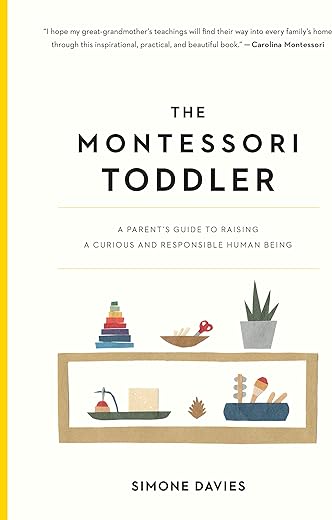
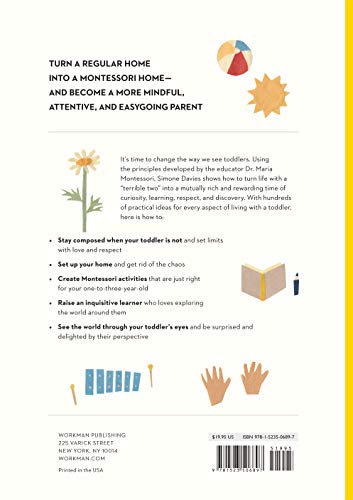
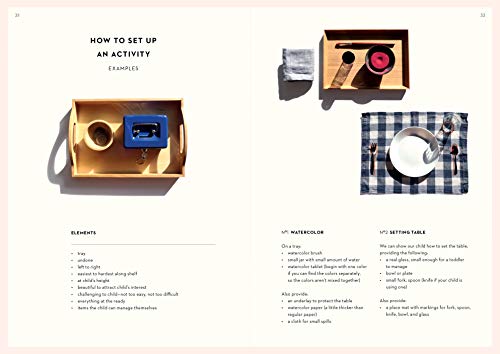

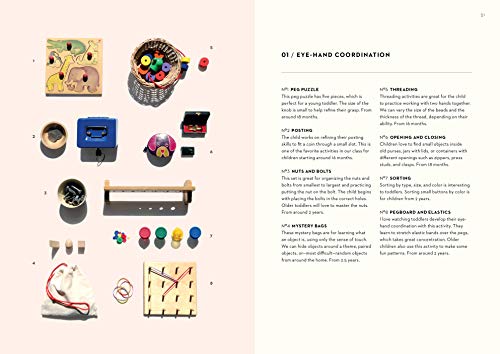
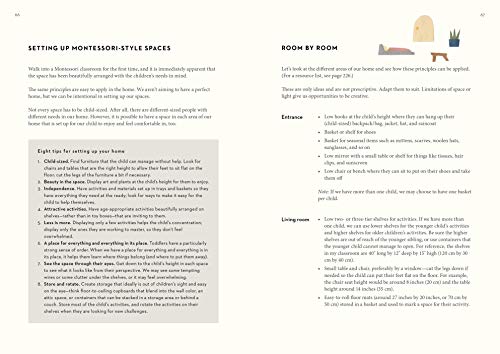
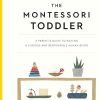






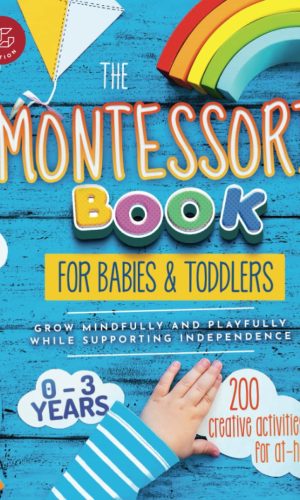
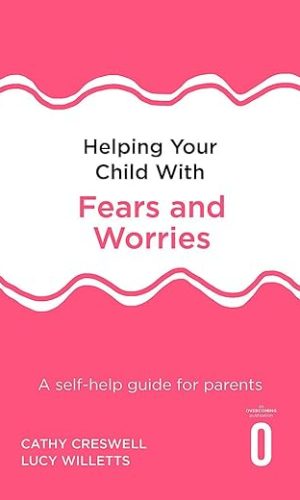
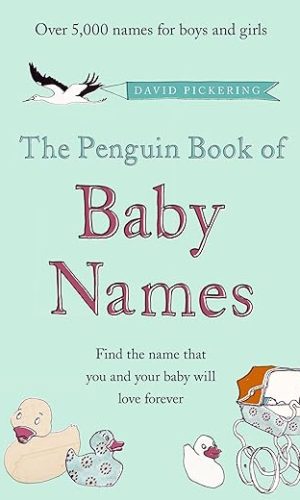

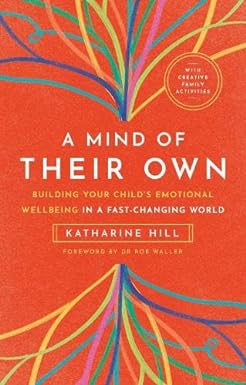
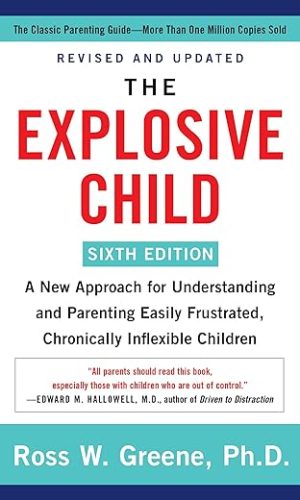
by Matilda
Full of insight, love it. Will be rereading
by Karyn Corrigan
The book is well written and stressed the importance of patience with your toddler. We were unsure about certain behaviours our baby was showing but the book helped us stand back and read our baby better. We now are less stressed about reaching milestones and happier to let our child pick what and how they play each day.
by Cathryn Jones
I’ve followed Simone for a while and find her instagram really helpful and was very much looking forward to this book.
Positives: Book is well laid out, easy to dip in and out and to read small sections at a time. Beautiful illustrations. Following some big Montessori Instagram accounts had left me feeling a bit overwhelmed but Simone makes incorporating the approach simple and achievable. I also feel that her age appropriateness suggestions for activities were reasonable. Simple suggestions on how to make little tweaks to your home to set a child up for success and independence. I like the emphasis put on spending time outdoors. Strategies for respectful parenting with limits have really helped me (and I particularly like the ‘instead of this, say that’ page).
Negatives: language work suggestions with flashcards etc seem tedious and time consuming to set up and unnecessary, I don’t think language acquisition needs to be forced like that. Book advises against playpens but doesn’t take into account different houses have different layouts where a child’s playspace can’t always be in your eyeline or that they can be made a cosy and comforting space. Advice re stand up diapering doesn’t really work for cloth nappies which I find impossible to fit properly unless lying down. Book assumes a certain level of income and privilege (ie, if you live in a city, take trips to lake or mountains) and even what the author suggests as simple and cheap modifications to your home aren’t in reality especially if you change a lot at one time. Book also assumes children are all able bodied. My daughter is deaf and a very late walker. Surely she has encountered a wide variety of children with additional needs in her work as a Montessori teacher? Some perspective on applying the approach with children who fall outside the normal range of developmental milestones might have been helpful and more inclusive. The biggest disappointment however was the advice on sleep. I don’t know what qualifications the author has to make sleep suggestions but I was very surprised to find advice against feeding to sleep and encouraging self settling from birth. Whilst the author advises against cry-it-out alone, she does advocate a crying to sleep approach whilst you are in the room. This seems the opposite of the Montessori approach of ‘follow the child’. Forcing a child that wants to be cuddled to sleep to fall asleep alone seems the opposite of this and I for one doubt that I will look back on my child’s babyhood and wish I had sat on a chair and read in their room whilst they cried instead of rocking them to sleep.
by SJB
I have mixed feelings on this book. I’ve skimmed most of it already, over a couple of days. It’s an easy read and well set out book with lots of useful information about setting up a good environment for your little one to encourage independence and skill learning. You can easily dip in and out. However, not all the advice is in line with respectful/responsive/attachment/gentle parenting ethos, and I think this book needs to be taken with a grain of salt.
Positives:
Main things I like so far are the tips for setting up an environment that is accessible for toddlers and their learning; understanding sensitive learning periods; and respecting and being there for your toddler through all emotions. It’s beautifully set out too.
Criticisms:
However, the chapter on sleep I didn’t think was very good – firstly, the author advocates a form of sleep training (“disappearing chair”) if the child is having sleep issues or not going to sleep alone and this is causing issues. This advice seems at odds with advice saying to be present with your child during tantrums or emotional upsets, and research has shown that withholding connection or comfort in the name of sleep training is not respectful (when the book talks about the importance of this a lot) and can also cause emotional harm. She also advises an eat-play-sleep routine for babies from birth, which is ridiculous, especially for breastfed babies. Much evidence shows that feeding on demand and feeding to sleep is very important for milk production and bonding, and that this is the biological norm. Strict feeding and sleep routines for a baby can really derail breastfeeding. She neglects the fact that temperament has a LOT to do with how a child sleeps and usually it’s nothing to do with what the parent does. Sleep is developmental.
I also didn’t like the emphasis on not giving ‘praise’. This feels like a form of withholding/not following our parental instincts – any advice like this I am wary of. It’s natural to want to praise our babies and kids when they do or learn something new. It feels prescriptive and unrealistic to try to withhold this natural instinct – and I feel a child would miss out on that spontaneous, loving reaction. Of course it’s helpful to provide detail with the praise e.g. ‘I love the way you used red for that flower’, rather than just saying ‘lovely picture’ or ‘good job/good girl’ – but there is also no harm in giving simple praise at times, in my opinion.
A useful book in some ways, but don’t feel you need to follow it word for word! Ultimately little kids just need us to be present and loving and responsive to their needs.
by Kirsty V
I am currently half way through reading but have already learnt so much! It is a visually beautiful book, filled with practical advice as well as easy to understand information about the ‘why’ behind the method. Many of the activities so far are aimed at children 18 months and up – my daughter is only 10 months currently but this book is still very helpful to read ahead of time so I can understand how to help guide her through her next life phases. I highly recommend this book.
by Zahra
Absolute amazing guide for the starting of a Montessori way. I have been learning new things everyday. Quality book and educational worth the buy.